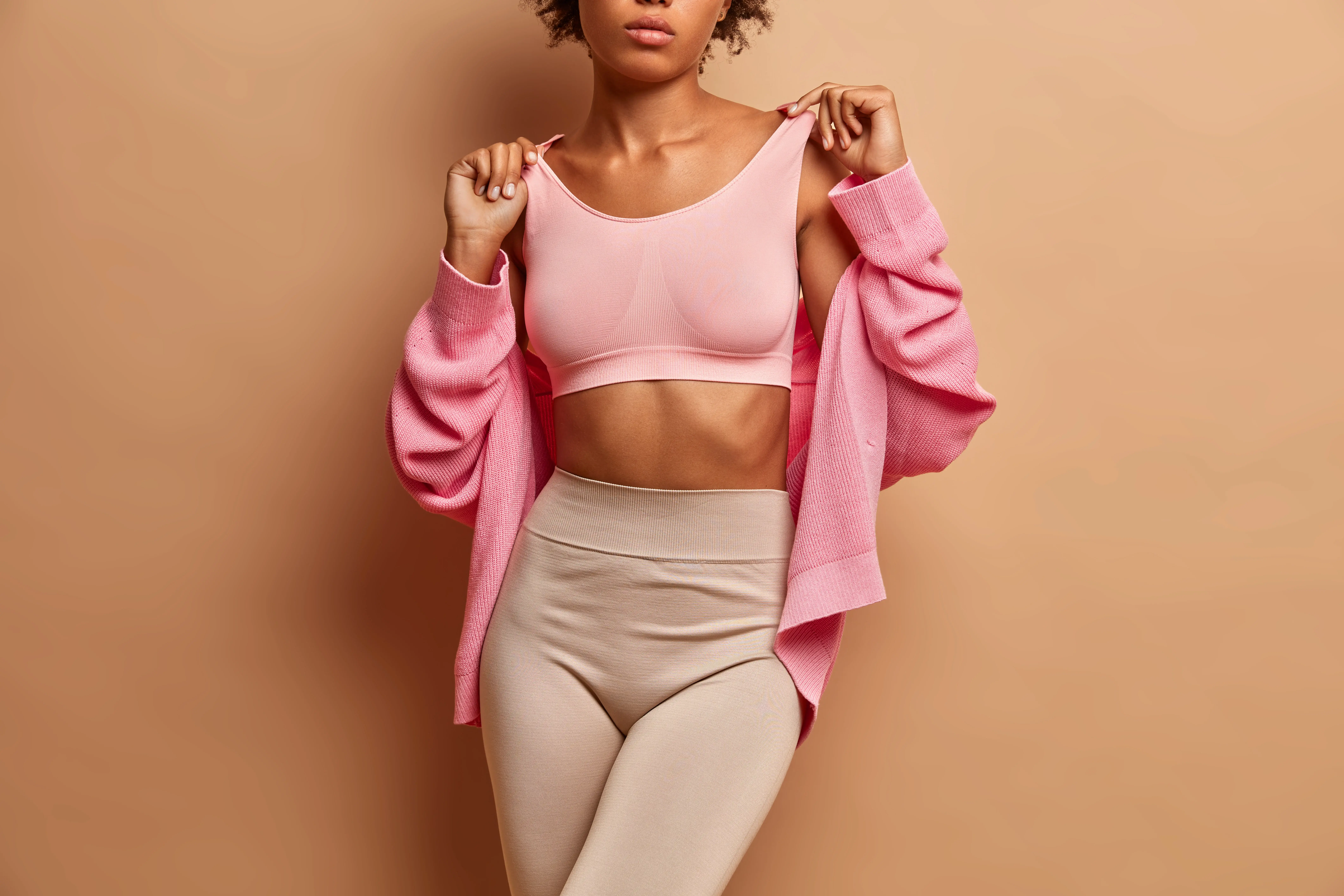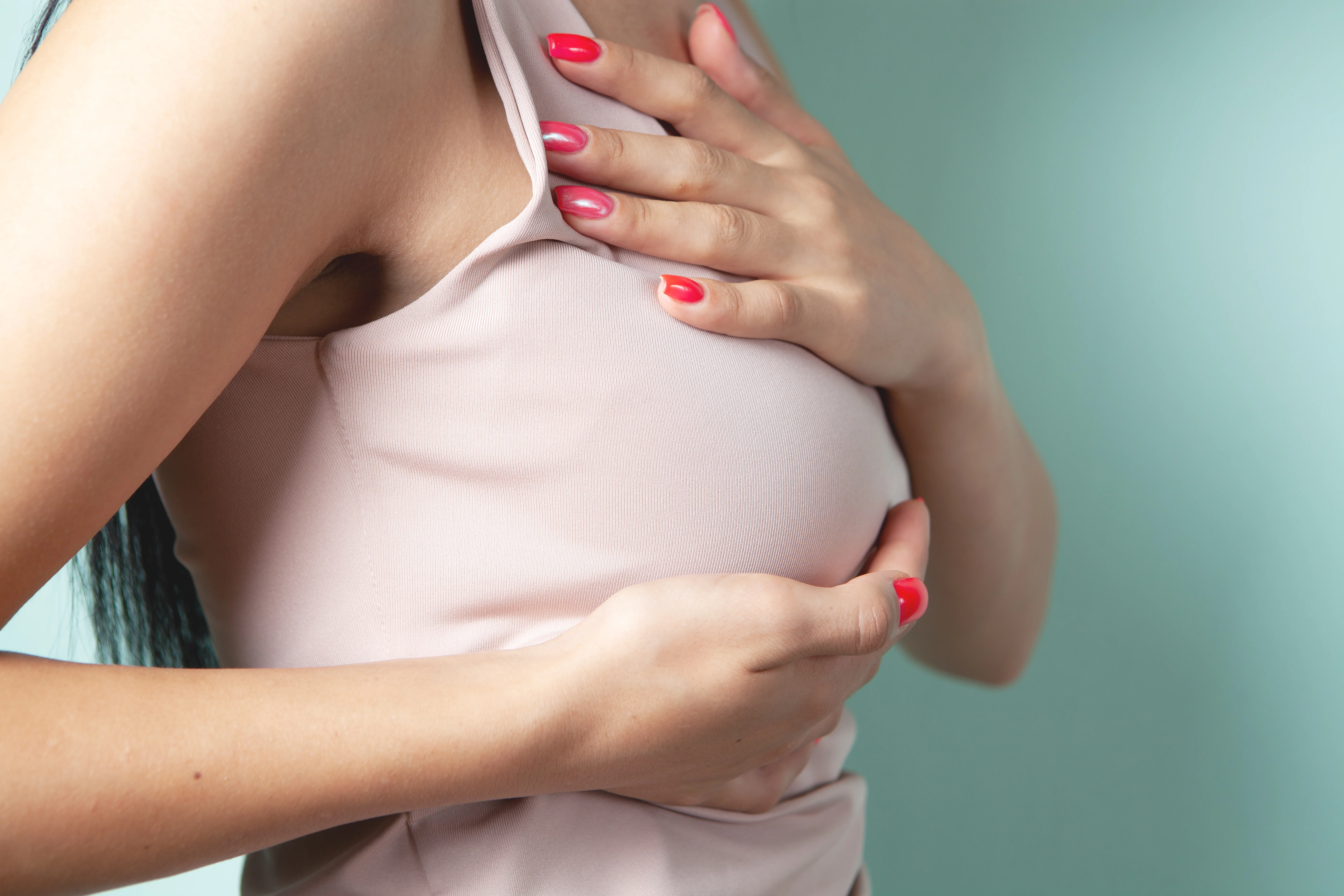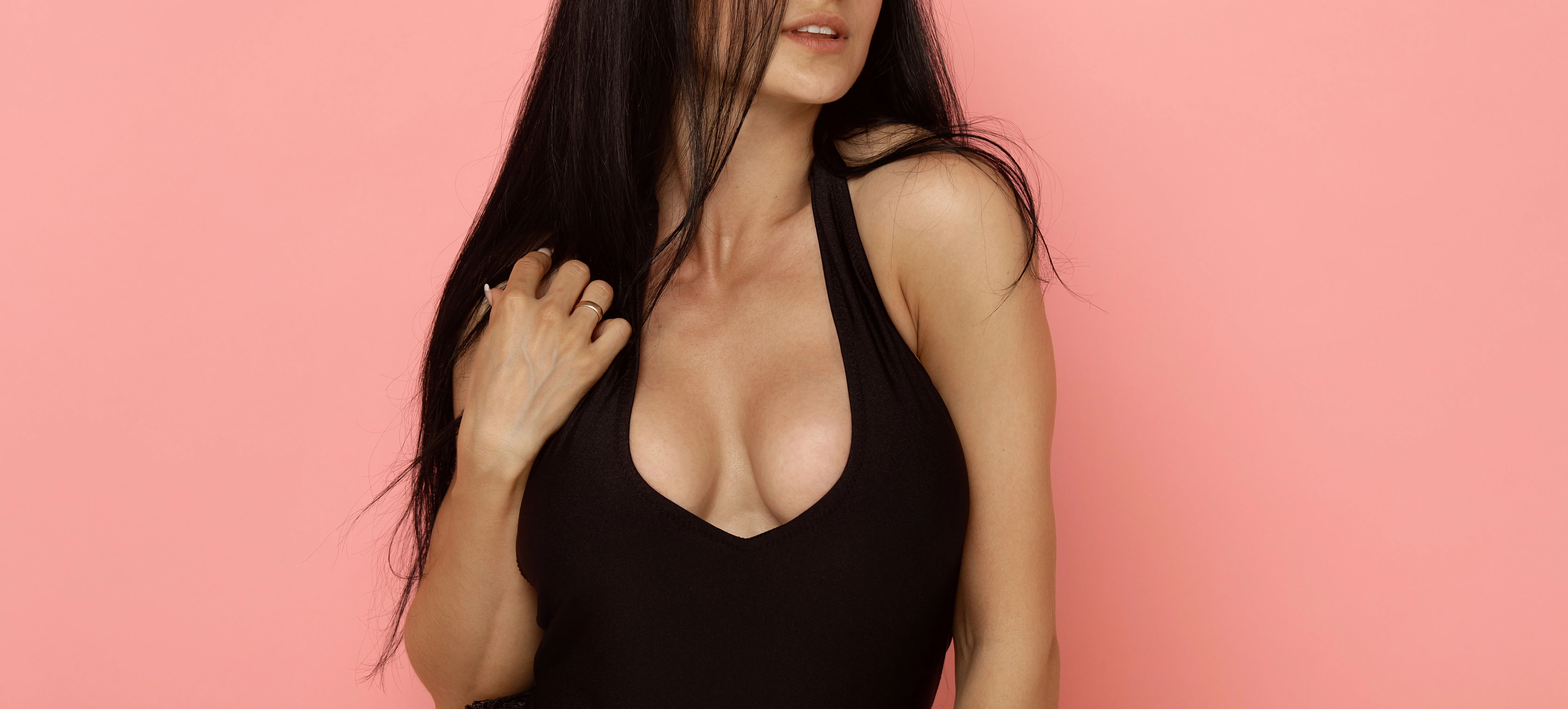Is It Bad to Not Wear a Bra? Here’s What You Should Know

Bras Aren’t Mandatory—But Strategic Support Matters
A common question I get in practice is: “Is it bad to not wear a bra?”
The short answer: not necessarily. Going braless isn’t inherently harmful—especially during low-impact activities or in everyday life. However, there are specific situations where support can help protect your breast structure and improve comfort.
Cooper’s Ligaments: Your Internal Support System
Your breasts don’t contain muscle, but are supported by Cooper’s ligaments—thin, mesh-like bands of connective tissue that act as your body’s natural internal bra. These ligaments help maintain breast shape and position.
Unfortunately, Cooper’s ligaments:
- Cannot be strengthened through exercise (they are not muscle)
- Do not regenerate once stretched or torn
- Are affected by gravity, repetitive motion, pregnancy, weight changes, and aging
Once compromised, they can contribute to ptosis (breast sagging). A well-fitting bra won’t reverse this, but it can help reduce mechanical strain on the ligaments—especially during high-motion activities.
Important note: Bras don’t prevent aging or sagging completely. Genetics, skin quality, weight fluctuations, and hormones play a much bigger role over time.
When Wearing a Bra Is Beneficial
While bras aren’t required 24/7, they can be helpful in certain contexts:
1. Comfort
Especially for people with larger or heavier breasts (including during breast feeding), wearing a bra can:
- Reduce shoulder and back strain
- Minimize bouncing during routine movement
- Improve posture and prevent skin irritation
2. During Physical Activity
High-impact workouts (running, HIIT, jumping) place repetitive strain on the breast tissue. A supportive sports bra can:
- Prevent ligament stretching
- Reduce discomfort
- Preserve long-term breast shape
Note: If you have a smaller chest or minimal breast tissue, wearing a bra during exercise may not be necessary for support. However, some individuals still prefer the comfort or modesty a sports bra provides—so it ultimately comes down to personal preference.
3. Shaping or Silhouette
Many patients choose bras to enhance the way their breasts look under clothing—whether for lift, symmetry, cleavage or support in fitted, formal, or professional wear.
Note from Dr. Aimé: “The decision to wear a bra should be based on your comfort and goals—not outdated rules. If it helps you feel supported and confident, it’s the right choice for you.”
What About Sleeping in a Bra?
There’s no harm in wearing a bra while you sleep—but it’s not required either. If you’ve recently had breast surgery or simply prefer light support at night, you can wear a soft, comfortable, wireless sleep bra.
However, there’s no evidence that sleeping in a bra slows breast aging, prevents sagging or changes surgical results.
Everyday Life: Comfort Over Compulsion
Outside of workouts or surgical recovery, wearing a bra is completely optional. Going braless will not significantly accelerate aging, especially for those with smaller or moderate-sized breasts. However, those with heavier breast tissue or larger breast implants may feel more comfortable with some degree of daily support.
Post-Surgical Bra Recommendations
After breast surgery, I recommend bras that are:
- Supportive (but not compressive)
- Front-closing with adjustable straps
- Free of underwire or rough seams
- Soft enough to avoid irritating incisions
- Able to secure dressings without adhesive tape, which often causes skin irritation
These bras are generally worn during the daytime for 4–6 weeks post-op, but not always needed overnight.
Don’t Want to Wear a Bra?
That’s okay! There are excellent alternatives like silicone pasties, fabric nipple covers, and soft layering garments if you prefer not to wear a bra but still want some coverage or shaping.
Key Takeaways
- Support matters during exercise, breastfeeding, and post-surgery.
- Going braless is not harmful for most daily situations.
- Cooper’s ligaments don’t regenerate, so minimizing unnecessary stress helps preserve shape.
- Aging still happens—bras don’t stop it, especially while sleeping.
- Surgical outcomes are not dependent on 24/7 bra wear.
- Prioritize comfort, function, and how you feel.
Have questions about bras, breast support, or surgery?
Let’s talk. Whether you’re considering a breast lift, augmentation, or want guidance on post-surgical care, Dr. Aimé and her team are here to help. Your confidence and comfort come first.
Our surgical and non-surgical treatment options
Ready to start your transformation?
Whether you’re just beginning to explore your options or have specific goals in mind, we’re here to guide you with expertise and compassion.

Read more articles

What to Do If Your Saline Breast Implant Ruptures?
If your saline breast implant ruptures, you’ll notice right away. Learn why it happens, how common it is, and how long you have to replace it to maintain your results.

Choosing the Best Breast Implant Plane for You: Subglandular, Subfascial, or Submuscular?
Choosing the right placement for your breast implants — above the muscle, under the fascia, or below the muscle — is one of the most important steps in breast augmentation. Each option has unique benefits, from recovery and appearance to exercise considerations and long-term risks. This guide explains the differences in plain language so you can feel confident making the choice that’s right for you.

Does Submuscular Breast Implant Placement Affect Pectoralis Muscle Function?
Curious how placing breast implants under the muscle affects chest strength? Dr. Victoria Aimé explains what happens to the pectoralis major during submuscular breast augmentation, what functional changes to expect, and who might notice the difference.

What Does “Half Under the Muscle” Mean in Breast Augmentation?
“Half under the muscle” breast augmentation is trending in pop culture—but what does it actually mean? In this post, Dr. Victoria Aimé explains the surgical reality behind the phrase, breaking down the dual plane technique, who it’s for, and why it matters for natural-looking breast augmentation results.
